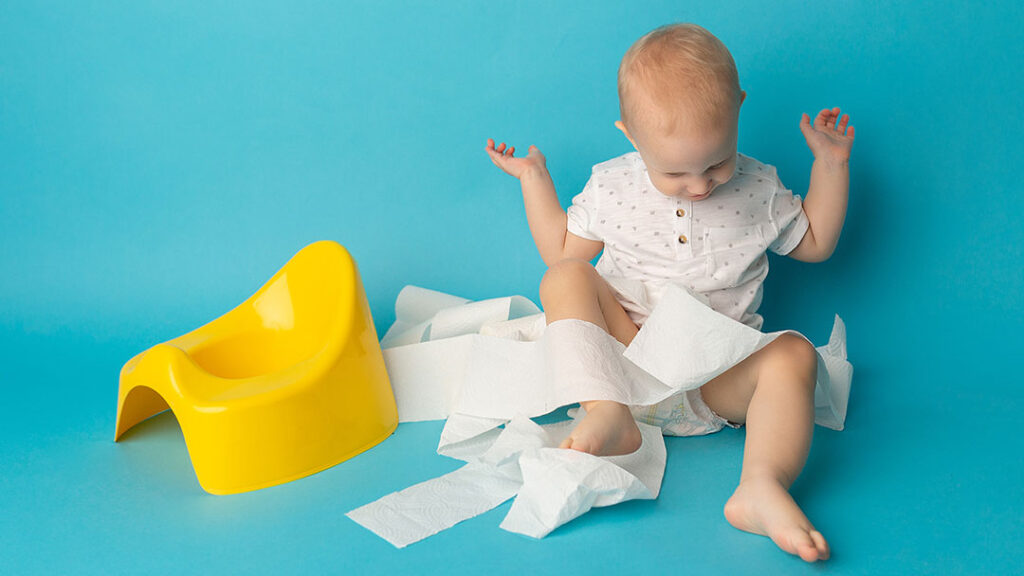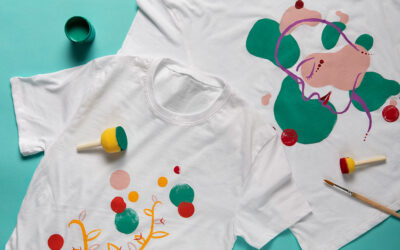Parents and pet owners know the scenario all too well – a quick accident from a dog, a lingering scent from a cat, or a toddler mishap can leave a lasting impression on carpets and rugs. Unlike food or drink spills, urine seeps deep into fibres and padding. It doesn’t just leave a visible stain—it can trigger long-term odours, bacterial growth, and discolouration if not dealt with properly.
The challenge lies in the urine’s composition. It starts off acidic and becomes alkaline as it dries, binding with carpet fibres and releasing ammonia-like smells over time. If you’ve ever walked into a room and caught a faint, musky scent that won’t go away, chances are it’s dried urine in the flooring.
The science of urine stains: Why DIY solutions often fall short
Urine contains uric acid crystals, which don’t dissolve easily in water. Simply blotting the area or using a standard carpet cleaner won’t fully remove the compounds. Over-the-counter sprays may mask the smell temporarily, but unless the underlying acid crystals are broken down, the odour — and the stain — usually return.
That’s why enzyme-based cleaners are essential. These cleaners contain bacteria that feed on the organic matter in urine, breaking it down until the source is completely neutralised. This process is slower than chemical cleaners, but far more effective in the long run.

Toilet training toddlers can often mean little accidents around the house
Step by step: How to handle fresh urine stains
If you catch the accident early, follow these steps:
- Blot, don’t scrub: Use paper towels or a clean cloth to soak up as much urine as possible. Press firmly, and repeat with dry cloths until no more moisture transfers.
- Apply an enzyme cleaner: Cover the area with an enzymatic solution, ensuring it reaches the base of the fibres. Gently work it in without oversaturating.
- Cover and let sit: Place a damp cloth over the area and let the cleaner sit for several hours or overnight. This allows the enzymes time to do their job.
- Blot and air dry: After treatment, blot the area again and let it air dry fully. Avoid using heat (like a hairdryer), which can set any remaining stains.
What to do for dried or set-in urine stains
If you’ve just discovered an old urine spot—indicated by a lingering smell or discolouration—the treatment needs to go deeper.
- Rehydrate the area slightly with warm water and enzyme cleaner to reactivate the uric acid.
- Allow time for the product to penetrate deep into the fibres and padding.
- Repeat treatment as needed. Stains that have been sitting for weeks or months may require multiple rounds.
If the odour is still noticeable after several attempts, it could mean the urine has reached the subfloor, requiring professional extraction.
Urine on rugs: A delicate situation
Rugs, especially wool or handwoven styles, absorb liquids differently than installed carpet. They can trap urine in tightly packed fibres or linings. Attempting to clean them without the right technique can cause bleeding dyes or fibre damage.
In these cases, it’s safer to consult professionals who specialise in Newcastle Rug Cleaning. Local services are familiar with common rug materials and can handle deep cleaning without compromising the rug’s integrity.
Preventing repeat incidents
Once you’ve removed the stain, the next step is discouraging repeat accidents. Pets return to the same spot if the scent remains, even if you can’t detect it. Enzymatic cleaners help, but so do these tactics:
- Use a blacklight to find invisible residue and ensure it’s fully cleaned.
- Apply pet deterrent sprays or natural repellents (like citrus scents) in previously soiled areas.
- Wash or replace underlays beneath rugs if they’ve absorbed urine.
For persistent issues, consult a vet or animal behaviourist—especially for cats or older dogs with recurring accidents.
When it’s time to call a professional
If you’ve tried everything and the smell lingers or the stain keeps reappearing, professional help is your best option. Steam cleaning alone won’t fix urine issues. In fact, it can make them worse if not done correctly.
Trained technicians use water extraction methods, enzyme injections, and odour neutralisers designed specifically for biological waste. Many homeowners in the region turn to Newcastle Rug Cleaning specialists for advanced treatments that reach below the surface and eliminate deep-seated odours from both carpet and rugs.
Final thoughts
Urine stains are more than a surface issue—they can compromise your flooring, your air quality, and your peace of mind. With the right tools, some patience, and the occasional professional hand, even the toughest pet or toddler accidents can be dealt with effectively.
So, whether it’s a fresh spill or a lingering scent that’s been bothering you for weeks, take the time to treat it properly. Your carpets – and your nose – will thank you.
Related Stories
10 Cleaning hacks to save you time, money and your sanity
Moving house? Here are 6 simple tips to breeze through end-of-lease cleaning


